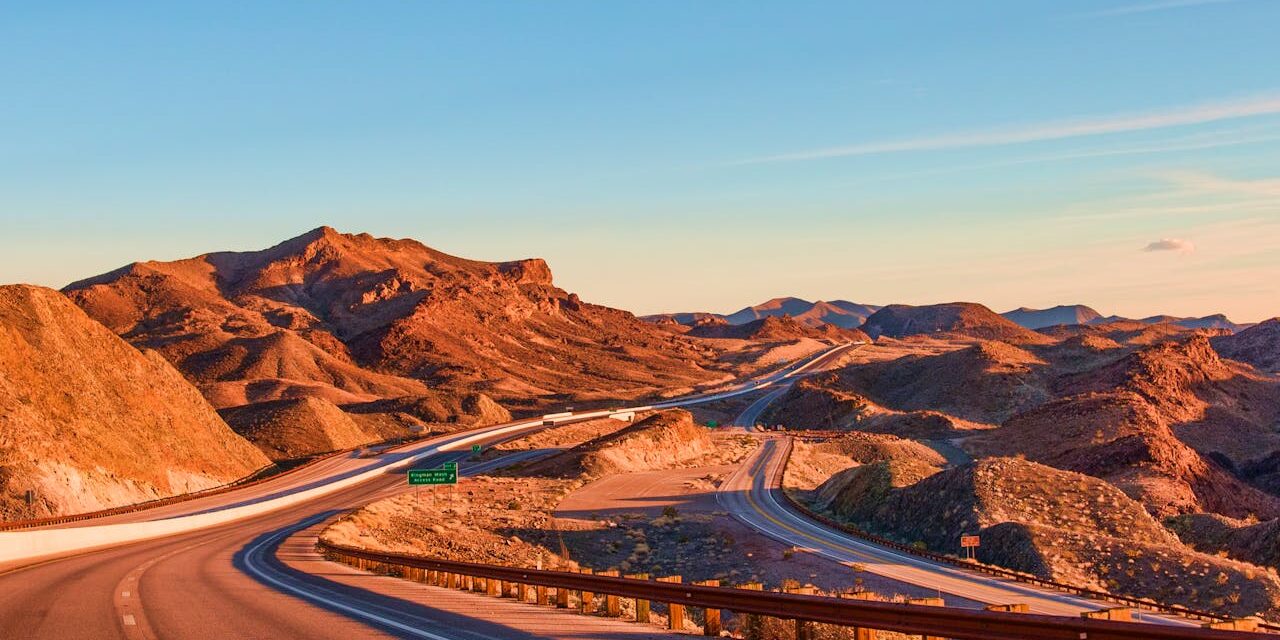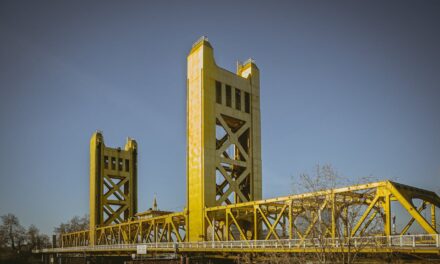Nevada, famously known as the “Silver State,” boasts a vibrant history rooted in the American frontier.
From indigenous cultures and early European exploration to its pivotal role in mining and modern entertainment, Nevada’s history is a mix of diverse influences and significant events.
Below, we explore Nevada’s past, highlighting key historical events and notable landmarks.
Table of Contents
Early History
Indigenous Inhabitants and European Exploration
Prior to European settlement, Nevada was home to various Native American tribes, including the Shoshone, Paiute, Washoe, and Mohave.
- These tribes lived in small villages, relying on a diet of pine nuts, roots, and game.
- Spanish friar Francisco Garcés was among the first Europeans to explore the area in the 1700s, followed by fur trappers like Jedediah Smith and Peter Ogden in the early 1800s.
The indigenous peoples and early European explorers set the stage for future settlements in Nevada.
Territorial Period
Nevada’s inclusion in the United States began after the Mexican-American War ended in 1848, which led to it becoming part of the Utah Territory.
- The discovery and founding of the Comstock Lode, a massive silver deposit, in 1859 spurred a rush of settlers and miners to the area, resulting in the rapid establishment of towns like Virginia City.
- Nevada was granted territorial status in 1861, setting the stage for its journey to statehood.
These developments were crucial in shaping Nevada’s economic and cultural landscape.
Key Historical Events
Statehood and Early Development
Nevada achieved statehood on October 31, 1864, becoming the 36th state in the Union.
- Initially driven by mining, particularly silver, Nevada’s economy was significantly bolstered during this period.
Statehood marked a new era of political and economic development for Nevada.
The Comstock Lode and Mining Boom
The Comstock Lode’s discovery in 1859 ignited one of the most significant silver rushes in American history.
- This event attracted a diverse mix of fortune seekers, rapidly expanding the population and economic activity in the region.
- By the time the Comstock Lode was depleted in 1898, it had produced around $400 million worth of silver and gold.
The mining boom was instrumental in Nevada’s early development and population growth.
The Great Depression and Legalization of Gambling
Facing economic challenges during the Great Depression, Nevada legalized gambling in 1931 to stimulate the economy.
- This decision transformed Nevada, particularly Las Vegas, into a major hub for tourism and entertainment.
- Today, gambling remains a significant economic driver, contributing substantially to state revenues.
The legalization of gambling reshaped Nevada’s economic landscape and cultural identity.
20th Century Growth and Development
Economic and Social Developments
Nevada’s economy diversified significantly throughout the 20th century, with major growth in tourism, entertainment, and mining sectors.
- The Hoover Dam, constructed in the 1930s, provided essential hydroelectric power and water resources, further spurring development.
- Post-World War II, Las Vegas emerged as a global entertainment destination, known for its casinos, shows, and nightlife.
These developments laid the foundation for Nevada’s modern economy.
Cultural Contributions
Nevada is renowned for its contributions to entertainment and tourism.
- Las Vegas, given the name and dubbed “The Entertainment Capital of the World,” draws in millions of tourist visitors each year with its vibrant nightlife, shows, and casinos.
- Nevada also played a significant role during the Cold War as a site for nuclear testing.
Nevada’s cultural contributions have significantly shaped its identity.
Notable Landmarks
Las Vegas Strip
The Las Vegas Strip is a globally recognized boulevard featuring iconic hotels, casinos, and entertainment venues.
- It is famous for its vibrant nightlife and extravagant displays, making it a premier tourist destination.
The Las Vegas Strip epitomizes Nevada’s entertainment industry.
Hoover Dam
Completed in the 1930s, the Hoover Dam is a monumental engineering achievement that provides crucial hydroelectric power and water to the region.
- The dam attracts numerous tourists and plays a vital role in Nevada’s infrastructure.
Hoover Dam highlights Nevada’s contributions to engineering and public works.
Red Rock Canyon National Conservation Area
This natural area offers stunning landscapes and a variety of recreational opportunities to be had and available, such as hiking and rock climbing.
- The conservation area is a showcase of Nevada’s unique desert beauty.
Red Rock Canyon is a testament to Nevada’s natural heritage.
Governance
State Government
Nevada operates under a constitution adopted in 1864.
- The state government consists of the Executive, Legislative, and Judicial branches.
- The governor, currently Joe Lombardo, leads the executive branch.
The state government addresses the needs of Nevada’s diverse population and manages its resources effectively.
Local Government
Nevada’s local government structure includes counties, cities, and towns.
- Each level of government has specific responsibilities for services such as education, public safety, and infrastructure.
- Local governance ensures that the diverse needs of Nevada’s communities are met.
Effective local governance contributes to the overall well-being of the state’s residents.
Demographics and Growth
Population
As of 2023, Nevada’s population was approximately 3.21 million. The state’s demographic makeup reflects its history of immigration and cultural diversity.
Diverse demographics and steady growth reflect Nevada’s appeal as a place to live and work.
Education and Economy
Nevada is home to several prominent educational institutions, including the University of Nevada, Reno in the northern area and the University of Nevada, Las Vegas.
- The state’s economy is diverse, with key sectors including tourism, mining, and renewable energy.
- Nevada is also known for its technological advancements and contributions to the entertainment industry.
These factors contribute to the state’s economic resilience and cultural vibrancy.
State of Nevada Q&A
Q: When was Nevada admitted to the Union?
A: Nevada was admitted to the Union as the 36th state on October 31, 1864.
Q: Who were the original inhabitants of Nevada?
A: The original inhabitants of Nevada included various Native American tribes that were in the area such as the Shoshone, Paiute, Washoe, and Mohave. These tribes had established societies with rich cultures and trade networks.
Q: What role did Nevada play during the mining boom?
A: The discovery of the Comstock Lode in 1859 led to a significant influx of settlers and miners, which resulted in rapid economic development and the establishment of many mining towns.
Q: What are some notable historical landmarks in Nevada?
A: Notable landmarks include the Las Vegas Strip, Hoover Dam, and the outdoor Red Rock Canyon National Conservation Area. These sites highlight Nevada’s cultural, engineering, and natural heritage.
Q: How is Nevada governed?
A: Nevada operates under a constitution adopted in 1864, with an Executive, Legislative, and Judicial branch. The governor leads the executive branch, and local governance is managed by counties, cities, and towns.
Q: What is the current population of Nevada?
A: As of 2023, Nevada’s population was approximately 3.21 million. The state continues to attract residents with its diverse culture, educational opportunities, and economic resilience.
Nevada’s rich history and commitment to cultural preservation make it a unique and vibrant state. By protecting its historical landmarks and fostering growth across various industries, Nevada honors its past while looking forward to a prosperous future.





